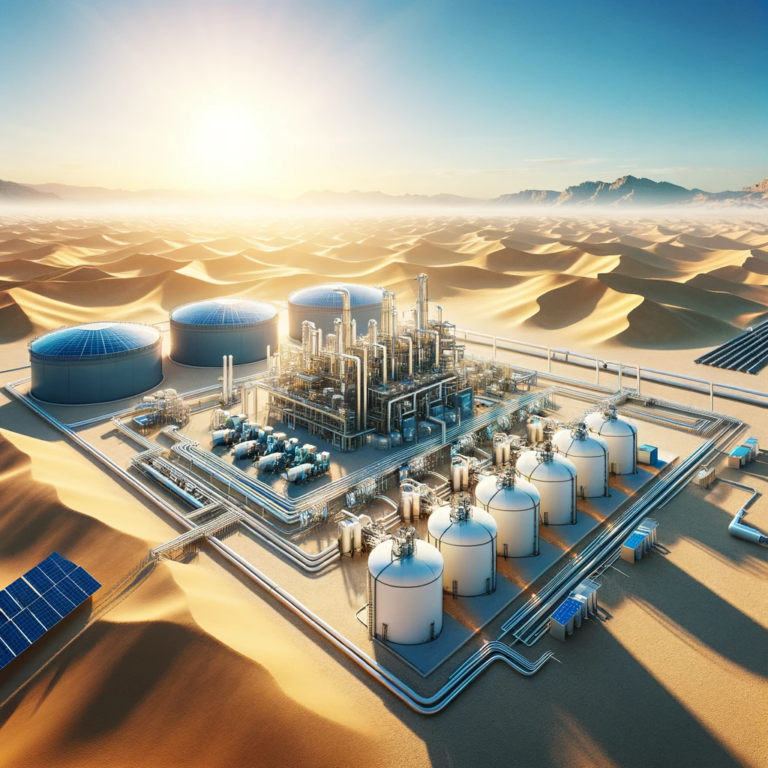
Drawing on my two decades of experience as a water injection engineer, this blog post will explore the essential design considerations for water injection systems. These insights, gleaned from real-world applications, aim to inform and guide those interested in the intricate world of enhanced oil recovery.
Table of Contents

1. Quality of Injection Water
A critical aspect is the quality of the injection water. Poor water quality can lead to issues like scaling, biofouling, and corrosion. For instance, while working on a project in the North Sea, the high salinity and suspended solids in seawater necessitated extensive pre-treatment. Comprehensive guidelines on this can be found on SPE’s Petrowiki.
Water Quality Parameters:
| Parameter | Importance | Example Case |
|---|---|---|
| Salinity | High salinity can cause scaling | North Sea Projects |
| Suspended Solids | Can lead to reservoir plugging | Gulf of Mexico operations |
| Biological Content | Required treatment to avert biofouling | Offshore platforms in West Africa |
2. Reservoir Compatibility
The compatibility of injected water with the reservoir is crucial. An experience in West Africa where scaling severely impacted production underscores this. ScienceDirect’s topic on water injection provides an in-depth look into this.
Reservoir Considerations:
- Permeability: Affects the injection pattern and efficiency.
- Rock and Fluid Compatibility: Essential to avoid precipitation.
- Pressure Maintenance: Critical for effective oil displacement.
3. Injection Rate and Pressure
Balancing the injection rate and pressure is key. In the Middle East, for example, optimizing these parameters was crucial for maintaining reservoir integrity and maximizing recovery.
Critical Injection Parameters:
- Pressure: Maintained below the fracture threshold.
- Rate: Balanced for maximum efficiency without causing reservoir damage.
4. System Reliability and Maintenance
Reliability and maintenance are pivotal. In Siberia, extreme temperatures highlighted the need for robust system design. Insights into these challenges are elaborated in StarMetaverseGeorgia’s article.
Reliability Factors:
- Materials: Selected for durability and corrosion resistance.
- Maintenance: Regular checks to ensure operational integrity.
- Redundancy: Critical for continuity during equipment failure or maintenance.
5. Environmental and Regulatory Compliance
Compliance with environmental and regulatory standards is essential. In the Gulf of Mexico, for example, environmental regulations dictated advanced treatment technologies. The SPE’s Petrowiki on Waterflood Design delves into these aspects.
Compliance Checklist:
| Requirement | Description | Example |
|---|---|---|
| Discharge Standards | Adherence to water treatment standards | Gulf of Mexico Projects |
| Emission Controls | Regulations on equipment emissions | Siberian Operations |
| Regulatory Approvals | Necessary approvals for project initiation | Projects in the North Sea |
In conclusion, designing an effective water injection system requires a comprehensive understanding of technical, environmental, and regulatory elements. By carefully considering these factors, engineers can ensure optimized oil recovery, system reliability, and adherence to environmental standards.
Read more water injection content my website here
